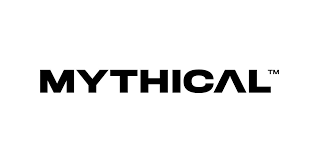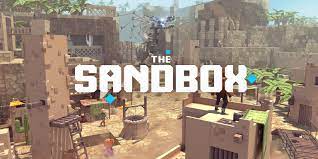The internet has revolutionized the way we live, work, and play. It has given us access to information and resources that were once unimaginable.
But the internet is also centralized, controlled by a small number of powerful companies. This centralization has led to a number of problems, including censorship, data privacy concerns, and security vulnerabilities.
Web3 is the next generation of the internet, built on blockchain technology. It promises to be more decentralized, secure, and transparent than the current web. As a result, it is attracting a lot of attention from developers, investors, and users alike.
What is Web3?
Web3 is a decentralized version of the internet that is built on blockchain technology. Blockchain is a distributed ledger that allows for secure and tamper-proof transactions.
This means that web3 applications are not controlled by any single entity, and they are not subject to censorship or data privacy concerns.
Web3 is still in its early stages of development, but it has the potential to revolutionize the way we interact with the internet. For example, web3 could be used to create decentralized social media platforms, decentralized finance (DeFi) applications, and decentralized gaming platforms.
Web2 vs Web3
Here is a comparison of web2 and web3:
| Feature | Web2 | Web3 |
|---|---|---|
| Centralization | Centralized | Decentralized |
| Security | Less secure | More secure |
| Transparency | Less transparent | More transparent |
| Control | Controlled by a small number of companies | Controlled by the users |
| Adoption | Widely adopted | Still in early stages of development |
Benefits of Web3
There are a number of benefits to web3, including:
- Decentralization: Web3 is decentralized, which means that it is not controlled by any single entity. This makes it more resistant to censorship and data privacy concerns.
- Security: Web3 is more secure than web2 because it is built on blockchain technology. Blockchain is a distributed ledger that makes it difficult to tamper with data.
- Transparency: Web3 is more transparent than web2 because all transactions are recorded on the blockchain. This makes it easier for users to track their data and ensure that it is being used in a way that they approve of.
- Control: Web3 gives users more control over their data and their online experience. Users can choose which applications they want to use and how they want to use them.
Drawbacks of Web3
There are also a number of drawbacks to web3, including:
- Complexity: Web3 is more complex than web2. This can make it difficult for users to understand and use web3 applications.
- Lack of adoption: Web3 is still in its early stages of development, and it is not yet widely adopted. This means that there are fewer web3 applications available than web2 applications.
- Regulation: Web3 is still a new technology, and it is not yet clear how it will be regulated. This could pose a challenge to the adoption of web3.
Conclusion
Web3 is the next generation of the internet, and it has the potential to revolutionize the way we interact with the internet. However, web3 is still in its early stages of development, and it faces a number of challenges. It remains to be seen whether web3 will be able to overcome these challenges and become the dominant form of the internet.



